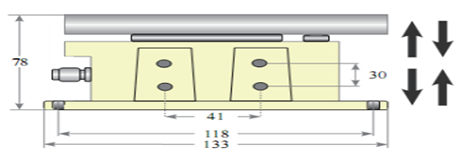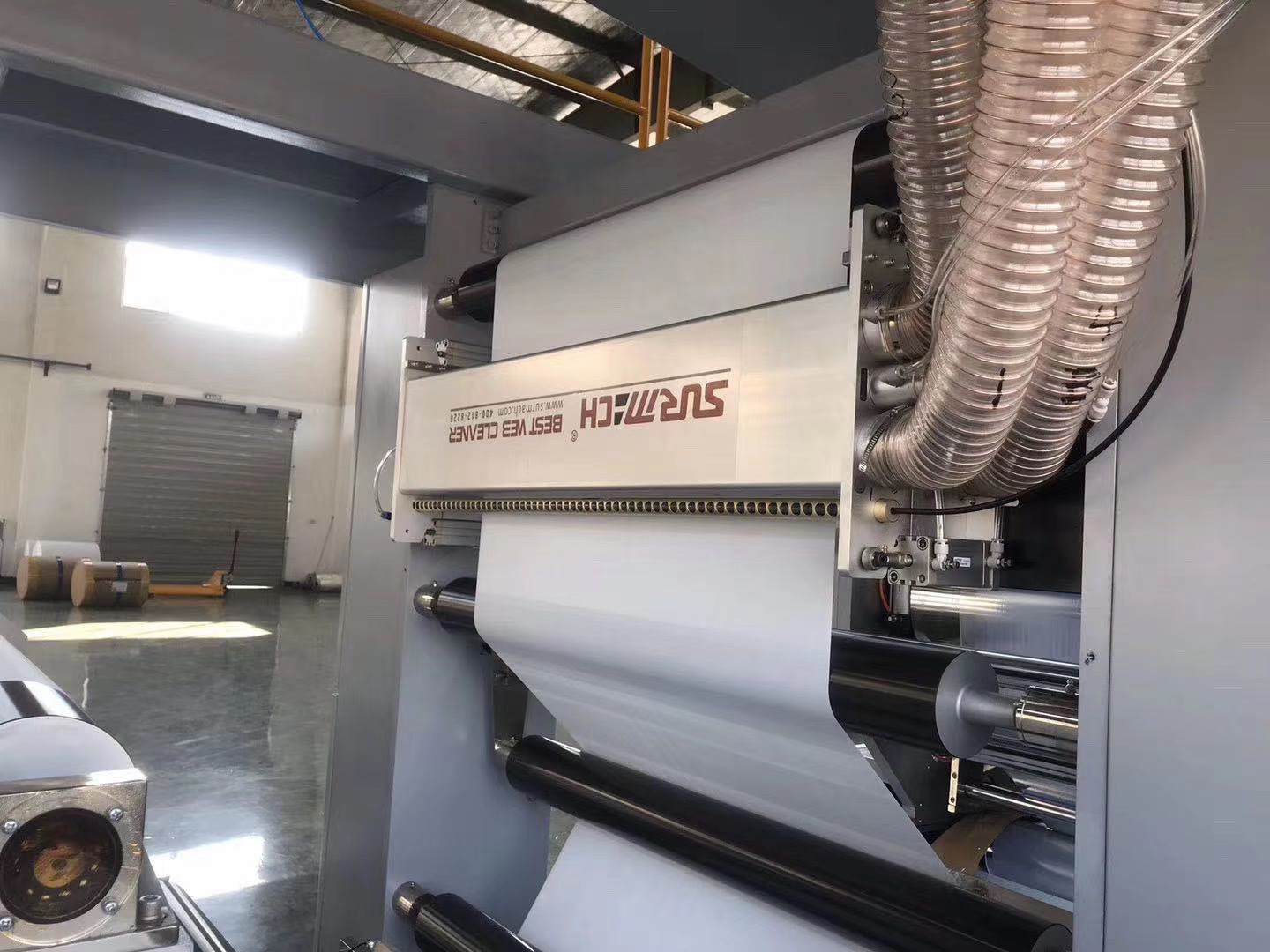Industrial inspection of web guiding control system
Date:
2024-02-29
Application of web guiding control system in industrial detection and automatic control systems.web guiding control system occupies an extremely important position in industrial automation production. In processing industries such as petroleum, chemical industry, electric power, steel, machinery, etc., they play the role of human sensory organs in their respective jobs. They complete the detection of various information as needed at all times, and then process a large amount of information. The measured information is fed back through automatic control, computer processing, etc., to control the production process, quality, process management and safety. In automatic control systems, the organic combination of electronic computers and sensors plays a key role in achieving a high degree of automation in control.
The operation of strip edge control can be automatic or manual. Its control electronic amplifier circuit is shown in Figure 5.1. In the figure, φ is the photodiode, and Rt is the thermistor for temperature compensation (in the photoelectric measuring head). The maximum input value of the voltage amplifier V1 is ±10 volts, and the output is also ±10 volts, which is adjusted by the potentiometer W1. To control the proportional range of the system, use potentiometer W2 to adjust the sensitivity of the web guiding control system (ie, the amplification factor of V1). When switches K1 and K3 are up, they are in automatic operation state, and when they are down, they are in manual operation state.
During manual operation, the transfer switch needs to be placed in the manual position (K1 is below) and press K4 or K5 to move the uncoiler (or coiler) to the transmission side or operating side. When pressing point K2 to the automatic centering state, the uncoiler (or coiler) can be mechanically aligned (in the automatic state). The output end of the final power amplifier V2 is directly connected to the electro-hydraulic servo valve coil L, and V2 outputs 0~300 mA. In order to improve the sensitivity of the servo valve and reduce inertia, an AC voltage of 50 Hz is connected to terminal F to keep the electro-hydraulic servo valve in a vibrating state. Once there is a control signal, the piston can quickly reach the control position. The amplitude of the piston can be adjusted by potentiometer W4. When the strip on the uncoiler (or coiler) is in the normal position (that is, the centered position), the light signal irradiated on the photoelectric tube φ is converted into a voltage signal Ur1 and a reverse voltage Ur2 is added to the electronic amplifier. Cancel each other so that the signal added to the V1 input is zero.
Related information









